
Forex trading begins with an understanding of the foreign exchange or the Forex/FX market. This article is your 101 guide on the forex market and forex trading for beginners.
Let us first look at some basics. The forex market is an international marketplace for all currencies traded, where the pair of currencies exchanged is called the exchange pair. Since the globalisation and liberalisation of trade, all fiat currencies have to find common ground. The forex provides this, and since money is the utility traded, it is the most liquid investment avenue.
Some of us may have even made use of forex providers on trips abroad. When you convert your INR to Euros or Yens, you essentially get in touch with a forex provider to do the same for you.
Companies that operate in multiple countries depend on the forex market for standardising their costs, while traders jump into the forex market solely for investments.
Rising and falling currency proportions could lead to significant profits, and thus, the forex is no longer just a marketplace to relate currencies but also an investment avenue.
How does forex trading work?
You can trade in the cash forex market or the derivatives forest market, which comprises futures and options. You trade one currency for another, depending upon its market valuation. Say, you buy $20 for INR 1,400 today, later when the dollar climbs and the rupee depreciates and $1 equates to INR 76, you sell your $20 for INR 1520. This involves commission charges, taxes, brokerage fees, currency conversion payables, among others. However, this example illustrates how one can make a profit in the forex market.
Typically, we have two types of forex trades: Short Trade and Long Trade. Similar to the concept of shorting in the equity market, an investor places a bet on the exchange pair’s price declining in the future. In the long trade scenario, the bet is hopeful of the opposite results, wherein the currency pair appreciates in the future.
Forex trading strategies for beginners
Not so different from the equity market, the forex market should be treated with similar caution. Following are a few suggestions on how to start forex trading for beginners:
- Scalp Trade: The trader holds the position for a few minutes at most and the amount invested here is usually small. However, this process continues for the rest of the day or at least a considerable period and eventually adds up to make a huge difference. As you can expect, a lot of volatility can be bad. Traders who can predict movements and understand the relationship between the currencies they have chosen to a T can exercise this. However, most scalp trading happens during the busiest trade hours.
- Day Trades: As the name suggests, you only hold the position for a day. You buy the currency on the same day as you would sell. Day traders need to have a fair idea of geopolitical relations and macroeconomic international factors to make the most of every day.
- Swing Trade: You hold your position for longer than a day, which can very well go on for weeks. These are more common at times when certain government stimuli or hedging announcements are expected, which lead to a huge swing in interest rates and currency liquidity.
- Position Trade: This form of trading requires you to really know the countries of both currencies. It relies on future appreciation, which may not materialise for years. The position is held anticipating movements in the economic and political status that are in the making.
How to use charts in forex trading for beginners
Much like the equities market, forex trading needs charts too, which are typical of the following three patterns:
- Line charts: These are 1-D simple dot-to-dot charts, which paint a long-term picture. If you need to analyse the overhaul, use your chart. However, they don’t show details and give insights on daily fluctuations or even register open and close prices. Though overly simple, you can use a line chart for mapping out breakout or fall points for a currency pair.
- Bar charts: As the name suggests, these charts are made of bars. Each bar helps you locate the open price, close price, highest price, lowest price for daily fluctuations. The left dash on a day’s bar indicates its opening price, while the right dash is for the closing price. You will also find the suitable colouring – red or green, depending on whether that day saw a cumulative negative or positive. Bar charts help traders analyse whether the buying volumes or the selling volumes are dominating. This can further help them predict sentiments and future movements over weeks.
- Candlestick charts: Perhaps the easiest chart of all, the wick of the candle denotes open price and highest price for a day, whereas the tail of the candlestick is the lowest or the closing price. A downward candle shows a negative market for that pair, and an upward candle shows positive forces. However, of late, candlesticks are coloured too, which further helps traders go with the red or the green of the exchange.
Forex Trading Tips
- Study the currencies: Lots of macroeconomic factors govern the movement of currencies and there is always a touch of international politics, which determine the stability of a currency. One has to truly know it all when it comes to forex. This is why it is advised to not experiment with more than three currencies when you are a beginner.
- Pick the right brokerage: A lot of your profits could get eaten in brokerage fees or low currency exchange rates. There are hidden charges that your online broker may not even communicate, which include bank transfer, commission, etc. With Trade Smart, you can grow your profits a lot more with our lowest brokerage fees in the market and clarity on all charges involved, no hidden cuts.
- Go slow: Considering all the details that are involved in a currency, one can never be too sure. Only invest small amounts to check your understanding in the early forex days.

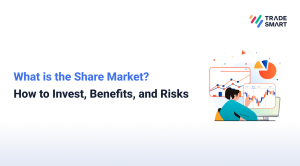

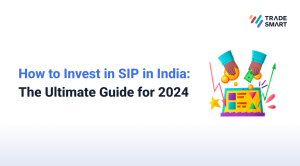

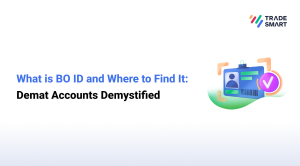

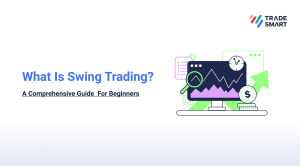
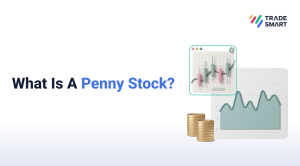
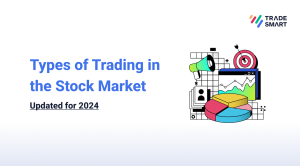
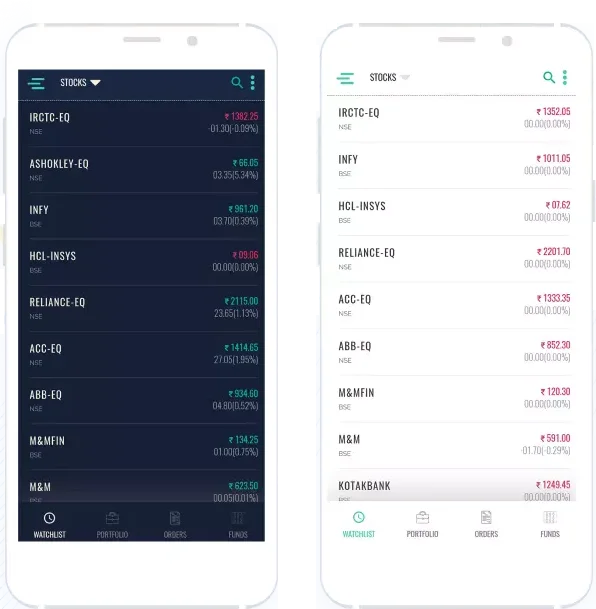
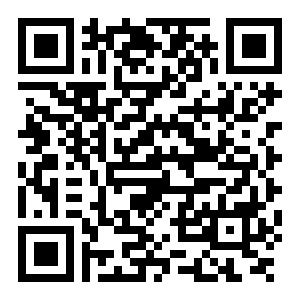
Your Blog is very nice. Wish to see much more like this. Thanks for sharing your information.
Hello Jerry,
Thanks for your appreciation.
Great! Thanks for this guide. It would really helpful for traders. I am going to bookmark your post.